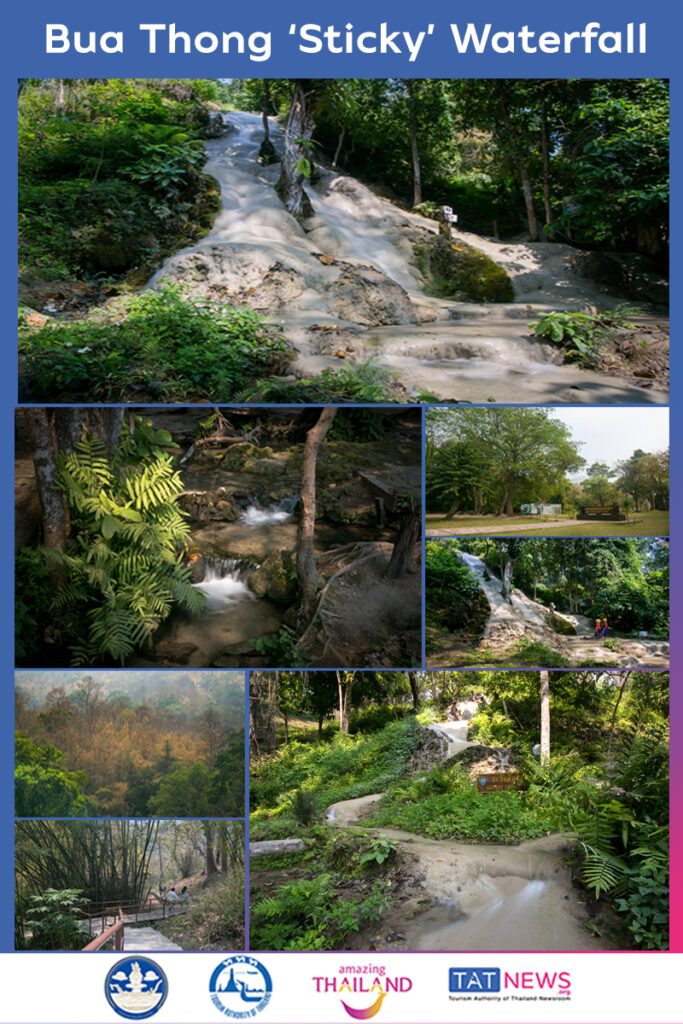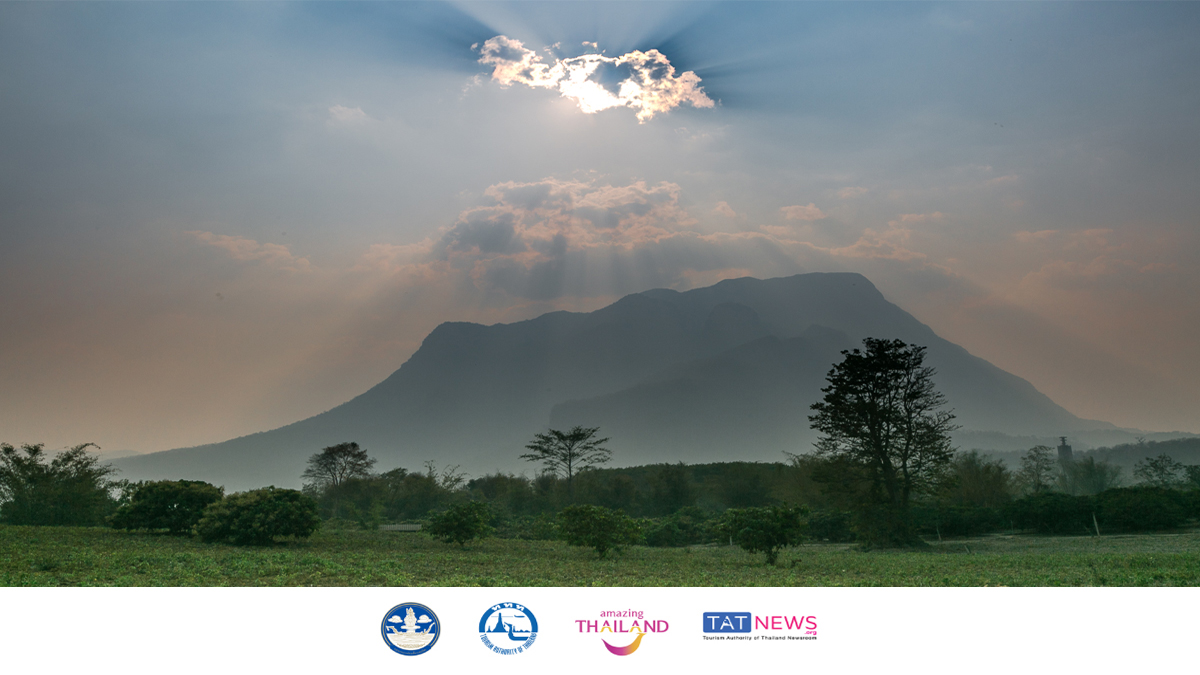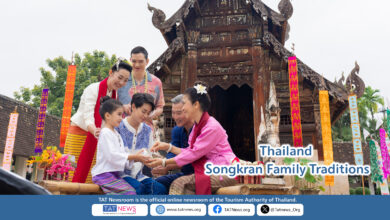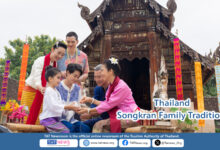Bangkok, 27 May, 2021 – The northern province of Chiang Mai offers much in the way of both natural and man-made attractions, many of which are nestled in picturesque settings amid the lush tropical countryside.
Queen Sirikit Botanic Garden and Royal Park Rajapruek are both attractions and research centres that will interest flora and fauna-minded visitors. Set in the foothills of the Doi Suthep-Pui mountains 50 minutes’ drive from Chiang Mai city, Queen Sirikit Botanic Garden offers a diversity of Thai plants and other flora, including rare, endemic, and endangered species. The centre’s roughly 1,000 hectares features gardens, glasshouses, natural vegetation, and walking trails.


Just under 30 minutes from the city, Royal Park Rajapruek was built in 2006 to commemorate 60 years since His Majesty King Bhumibol Adulyadej The Great’s accession to the throne. Spanning some 80 hectares, the Park’s different areas include the Thai Tropical Garden showcasing native plants, the Orchid Garden, the International Garden Zone, and the government-managed agricultural area Gardens for the King.
Chiang Mai is also known for its waterfalls and hot springs, and what better place to start than the interestingly named Bua Thong ‘Sticky’ Waterfall. A 90-minute drive from Chiang Mai city, the limestone walls of this multi-tiered cascade are surrounded by forest flora and sticky enough that it can be climbed. Closer to town is Montha Than Waterfall, situated on the way up Doi Suthep mountain, which has three levels and a peaceful setting to enjoy.


Pongkwao Hotspring offers Japanese-style onsen pools – two indoor and three outdoor pools and nine private rooms – 90-minutes’ drive from the city. While at San Kamphaeng Hot Springs just under an hour from the city, visitors can dip their feet or fully immerse themselves in geyser-fed streams and in the much hotter waters even boil eggs that can be bought onsite in cute little baskets.


For those who like temples, Chiang Mai province has plenty of attractions including those that boast some unique settings. The most well-known is Wat Phrathat Doi Suthep, situated on Doi Suthep mountain at an elevation of 1,056 metres and an easy half hour drive from downtown Chiang Mai. One of the most holy Buddhist sites in Thailand, the temple dates back to the late 14th century and is essentially a ‘must-visit’ sight of the Northern city. A staircase of over 300 steps or alternatively a funicular cable car leads up to the temple from the parking area, where the 24-metre tall golden chedi and numerous murals depicting events from the life and teachings of the Buddha can be explored and the legendary views of the surrounding countryside admired.


On the road to Wat Phra That Doi Suthep is the rather more secluded and peaceful temple of Wat Pha Lat, hidden away in the jungle. Built in the mid 14th century, this was originally a resting place for people making their way to the Doi Suthep temple and then in the 1930s it became a meditation site for monks. Its name translating to ‘Monastery at the Sloping Rock’, Wat Pha Lat offers old stone buildings, intricate carvings and statues, and its own impressive city views.
More views of the Chiang Mai landscape are available at Doi Pui Viewpoint, in particular some delightful sunset vistas. The viewpoint can be reached from Doi Pui Hmong Village situated atop Doi Suthep mountain.

Wat Prathat Doi Kham, a hilltop temple a half hour drive from the city, is often referred to as the ‘Golden temple’ due to its 17-metre tall Buddha image decorated in gold. Again here, there is a 300-step staircase leading to the temple or a funicular cable car to ride. This sacred temple was built over 1,300 years ago in 687 A.D. and after being abandoned underwent a revitalisation when a hidden chamber was discovered in 1966 containing ancient Buddha images.


A 90-minute drive from Chiang Mai city is Wat Tham Chiang Dao, this particular temple being located in front of a cave known for its intriguing stalactites. The cave can be explored to a point on one’s own, but those wanting to go deeper inside need to hire a guide for a small fee.
Chiang Mai has a well-earned reputation for being a leading handicraft centre, and that makes it a great place to buy top quality handmade items of many types. Muang Kung Pottery Village and Ban Tawai Village – both within 30 minutes’ drive of downtown Chiang Mai – are among the top places to shop for handicraft products as well as to see how they’re made.


Muang Kung Pottery Village is known much as its name suggests for beautifully crafted jars and other ceramics, while Ban Tawai specialises in woodcarving with a wide range of items produced from home decorations and export quality wooden furniture to silverware, lacquerware, and wickerwork creations.
Chiang Mai also boasts, meanwhile, its own stretch of trendily-named road – Route 106 or the old Highway 106. Linking Chiang Mai to neighbouring Lamphun, this is a 40-minute drive that winds through exotic countryside along what’s also known as the Rubber Tree Road, as a stretch of the route is lined on both sides with lofty rubber trees. Needless to say it makes for a charming photo opp.
Other attractions and places of interest in Chiang Mai.
| [tatnews-media key=hIih1leDtP id=16] |













